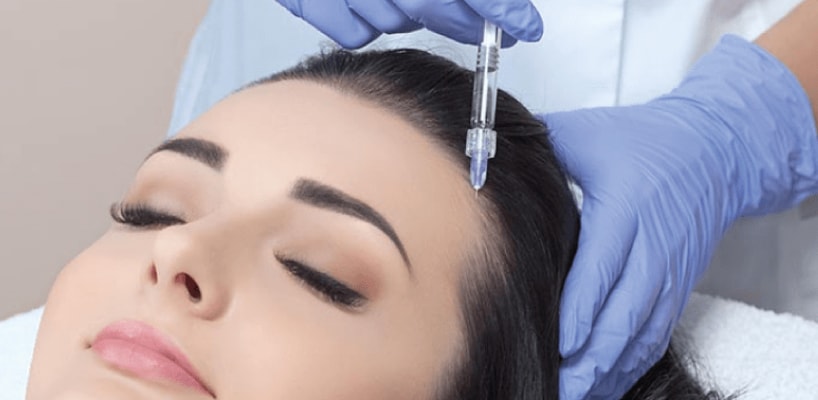Cosmetic Surgery for Hair Loss. Hair loss is one of the most common problems from past to present. Despite the development of technology, a definitive solution has not been found for the problem of hair loss, which is especially seen in men. The biggest factor underlying the hair loss problem is genetic reasons. Hair loss is seen equally in men and women. Baldness caused by hair loss is seen not only in men but also in women.
Baldness is much less common in women compared to men. Hair loss occurs suddenly. While some individuals overcome the problem of hair loss within 6 months, in some individuals it may turn into a chronic condition with the combination of stress and other factors. However, this problem can be easily treated with cosmetic surgery applications for hair loss.
Which Cosmetic Surgeries are Preferred for Hair Loss?
The most preferred surgical procedure for hair loss is hair transplantation. Hair transplantation is the removal of small parts of the scalp from a donor area to a balding or sparse area. Grafts can be of different sizes and shapes. Round shaped grafts contain approximately 10-15 hairs. Smaller mini grafts contain 2-4 strands of hair. Strip grafts are much longer, thinner and contain approximately 30-40 hairs.
Generally, surgical procedures may need to be repeated for a successful result and hair loss and it may take months between each session for recovery. In cases where all hair has been transplanted, this can take up to two years.
The color and quality of the hair also affect the outcome of the surgical procedure. A better result is obtained in thick and light-colored hair compared to dark-colored hair. The number of hair follicles taken in the first surgery varies according to the individual but it is approximately 50. Before surgery, the hair in the donor area is shortened to more easily place it in the recipient area.
In punch grafts, your doctor may use a special, tube-like instrument made of sharp carbon steel. With this, grafts are taken from the donor area and placed on the hairline, usually in the frontal area. In other types of grafts, it is taken from the hairy areas with the help of a scalpel and divided into small and thin pieces. In punch grafts, the donor area is closed with stitches. One stitch is sufficient for each punch graft area. Stitches can be hidden by the hair around them.
To ensure healthy nutrition of the scalp, the grafts are placed at regular intervals for the first time. In the later stages, these fields are filled. Your doctor takes the grafts with great care in order not to damage the donor area and places them in accordance with the natural growth direction of the hair while placing them.
After the grafting process is completed, the scalp is cleaned and covered with clean gauze. A pressure bandage can be used for a day or two. Some doctors may discharge their patients without using bandages. Tissue expansion is a subject that plastic surgeons are experts in, and it is used for reconstructive purposes, especially in burns and cases with significant tissue loss in the scalp. With the use of this technique, very good results are obtained in a relatively short time.
In this technique, a substance called a tissue expander is placed under the skin in a hairy area and inflated with a saline-containing serum at regular intervals. This causes the hairy area to grow and expand and new hair to form. Generally, approximately two months after the first surgery, there is sufficient tissue expansion and this balloon is removed with a second operation and the enlarged scalp is advanced to the balding area.
What Happens After Cosmetic Surgery?
- For hair loss, your feelings after surgery vary depending on the size and complexity of the surgical procedure. Pain due to tension or surgery can be eliminated with painkillers.
- If the bandage is used, it is usually removed after the first day. You can gently wash your hair two days after surgery. Stitches are removed between a week and 10 days. If you have complaints such as discharge, itching, or redness during this time, you should consult your doctor.
- After strenuous activities, the blood flow to the scalp will increase and there may be bleeding in the transplanted areas of the stitch line. So you should avoid strenuous exercise for up to 3 weeks. Some doctors also do not recommend sexual activity until 10 days after surgery.
- You can be sure that your incisions will heal quickly. During this period, your doctor will call you for a check-up at various intervals, especially in the first month. What you need to do is not neglect the suggested things and not disrupt the controls.



